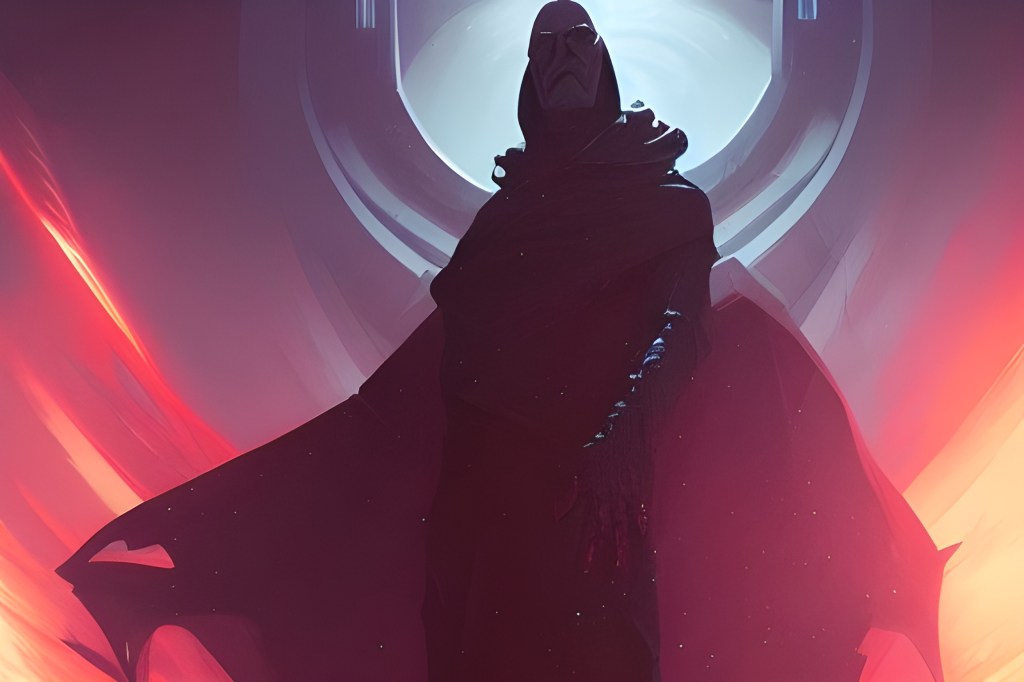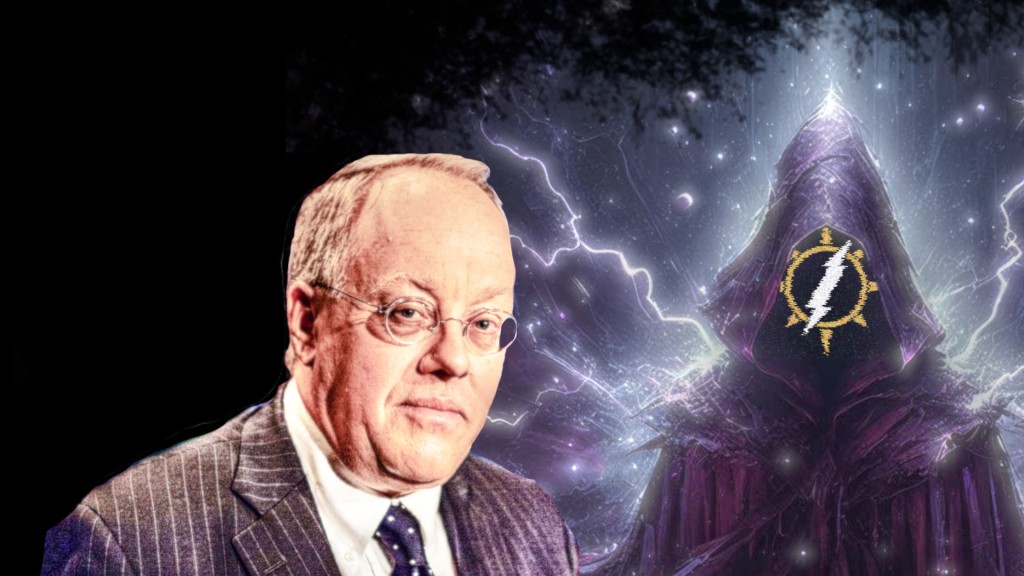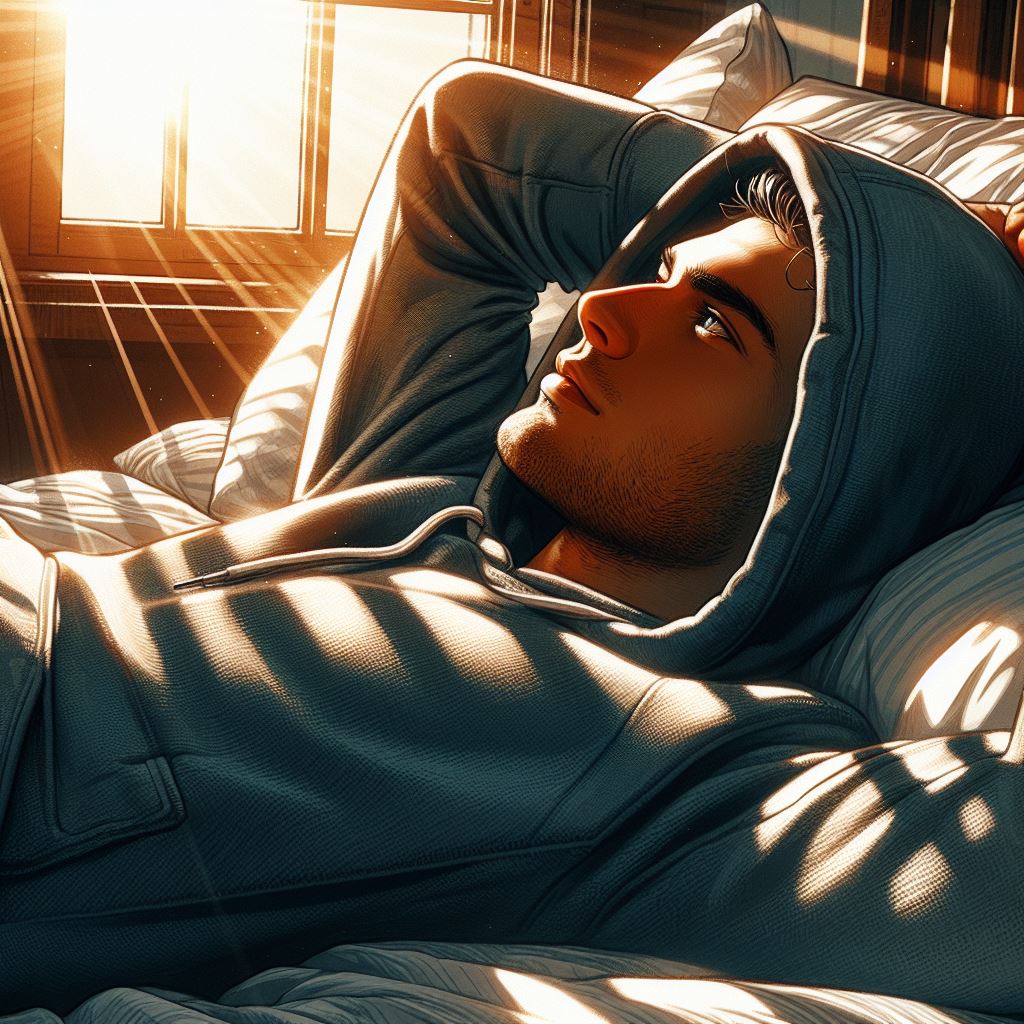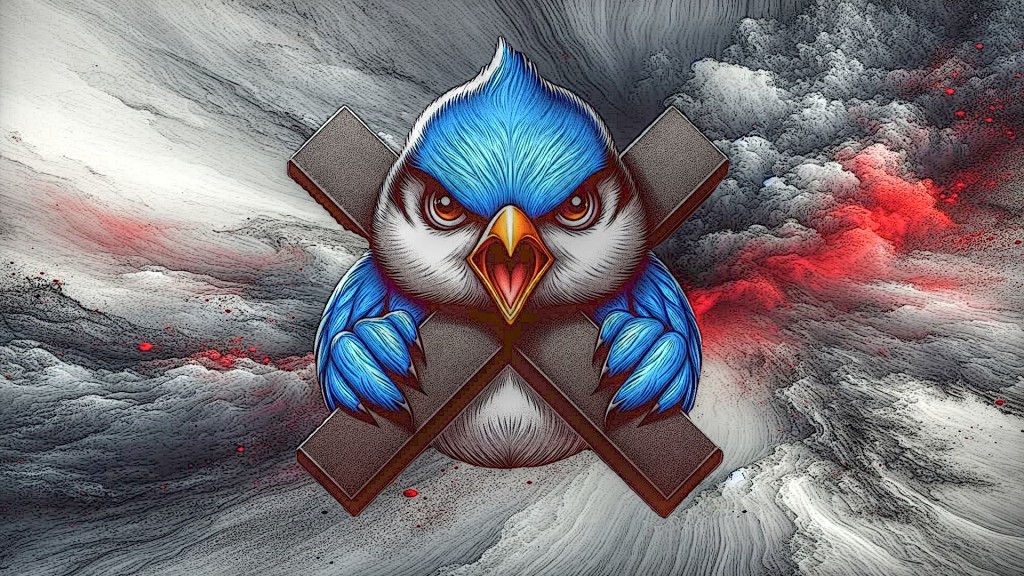Introduction to the Controversy
AI art, it’s been making the rounds all over social media. Some people love it, others think that it’s the end of art and literature. In this article I’ll be reviewing the common criticisms of AI art and exploring how that relates to the current controversies regarding fan works.
First, a demonstration of AI art I’ve generated with Stable Diffusion to give you an idea of AI’s current capabilities:
- AI Art is trained using datasets of images
- Only some of these images are truly open source, many are taken from public posts, but without the consent of the artist. For example, going on a site like Deviant Art or Twitter, downloading a publicly available image, then using it in the data set.
- Specific details are reproduced during the generation of AI images, which amounts to a breach of artist’s copyright.
- Using artistic references without attribution is a violation of copyright.
- What AI does is the equivalent of photobashing (i.e. combining images), which requires the artist to have permission to use the images.
- More generally, there is a belief that AI will essentially destroy all the current gig artists, and thus its availability should be severely curtailed or limited.
There is a response to each of these points, however at the core of this argument is the argument about the legality of using artistic references. So what is a reference? Well, if you decide to paint a picture of a lake, you’ll often seek out a photograph of a lake and use it as a starting point. And this is something that’s been going on for many years. Some artists like to trace over photos of real world models to get the proper physical proportions of their subject. And all this is generally legally allowed under the principle that an artist must create a work that is considered to be transformative of the original subject. For example, if one took a picture and merely placed a red filter over it, that would obviously not be considered transformative. If, on the other hand, you painted the subject and applied some level of changes, that would count as a transformative action. Now, it should be emphasized that this is a general principle. If the subject of a picture is a legally trademarked entity (for example, a fictional character), then that is not considered to be legal to create that art for public display unless authorized by the copyright holder. And ironically enough, one of the stronger criticisms of the current way AI art is generated is that it does contain images with these sort of trademarked characters that has the potential to get an artist in trouble if they don’t recognise them.
There is a response to each of these points, however at the core of this argument is the argument about the legality of using artistic references. So what is a reference? Well, if you decide to paint a picture of a lake, you’ll often seek out a photograph of a lake and use it as a starting point. And this is something that’s been going on for many years. Some artists like to trace over photos of real world models to get the proper physical proportions of their subject. And all this is generally legally allowed under the principle that an artist must create a work that is considered to be transformative of the original subject. For example, if one took a picture and merely placed a red filter over it, that would obviously not be considered transformative. If, on the other hand, you painted the subject and applied some level of changes, that would count as a transformative action. Now, it should be emphasized that this is a general principle. If the subject of a picture is a legally trademarked entity (for example, a fictional character), then that is not considered to be legal to create that art for public display unless authorized by the copyright holder. And ironically enough, one of the stronger criticisms of the current way AI art is generated is that it does contain images with these sort of trademarked characters that has the potential to get an artist in trouble if they don’t recognise them.
For example, let’s say that I wrote a book called “War God.” I want a strong, tough, masculine character on the cover. And so I fire up my AI art generator and I input the phrase “God of War neo-impressionism expressionist style oil painting.” I get the following results:

That looks great, I say to myself. However, what I have actually been given is a series of blatant reproductions of Kratos from the God of War video game series, a character copyrighted by Sony:

I’ve never played those games, but I’ve seen references to them, so I recognise the character. But if you weren’t knowledgeable about games, then you might well accidentally include such a character . Now, the problem is that while I know this reference, there might be thousands of other such characters that I don’t recognise. And that’s one reason why I wouldn’t really want to use AI art, in its current state, for commercial projects specifically (I also kind of have a fondness for supporting good artists, so that’s also there).
Regarding the more technical parts of the above arguments, I’d recommend the video in this articles footnotes. In that video you will see how a data set is trained and what it can do, all entirely without violating copyright.
Be Careful What You Wish For
The specific argument about the technical side of AI is, however, much more driven by the last point, the fear that AI will destroy commission based artists. And because that is the case, we must have a much stricter policy, including legal protections and demands, about the way that artistic references are used. Now let me tell you about the horrific door that has the potential to open. And for that, we need to bluntly talk about the reality of art and the modern world.
It’s hard to get a new work/franchise noticed in the modern artistic marketplace without being one of three things:
-
- Already a popular known figure.
-
- Being backed by someone who can buy your way to success.
-
- Being attached to a franchise or subject that is already popular.
If you’re already popular, then you have a better (albeit not flawless) chance of being able to get into the marketplace. This is why a celebrity, for example, can easily get a book deal with a publisher, regardless of quality. Or, if they go the independent route, there is a pre-existing audience to support their product. Obviously, if one isn’t already famous, this route isn’t available.
Alternatively, you can saturate the marketplace with advertisements, pay social influencers to talk about your work, or even go with bots on social media. This route is only available for those with pre-existing connections to figures in the industry or people rich/famous enough to get them promoted (for example, if one of your parents was an actor of famous politician).
Note that in neither of these cases is the quality of the product the primary consideration. The correlation is to the potential financial return, or alternatively social favors, the product might accrue.
Without this sort of artificial promotion, the only thing that is left is mild advertising (and remember, you’re competing in that space with people that can afford to spend way more for clicks than you can), networking, and luck. Networking is obviously the best choice of the three, but is something that is also tends towards cliques.
Some forms of media are currently kinder to finding a place in an over saturated market. Video games are the best, where there is still some correlation between success and quality (bolstered by the fact that there is a large dissident potion of gamers who hate the large gaming corporations), while books tend to get the worst end of things.
Let’s add in a few more depressing points:
Modern mass media is intentionally designed to emphasize spectacle and emotional entertainment over art. Basically, entertainment is created using the same tools as high art, but is put out there to generate a non-cerebral emotional reaction in the viewer/participant, ranging from elation to sadness, a phenomena termed sensationalism. Sports are a classic example of this where there is no point for the viewer from a cerebral perspective, instead serving as an emotional outlet. Similarly, the heroes and protagonists that media presents us with are essentially a bunch of platitudes fighting against cartoon villains. Now, entertainment isn’t a bad thing. It’s generally a good thing to have things that one can do to unwind and simply relax. Where it gets to be a problem is when entertainment turns into tribalistic fandom, wherein one’s identity becomes the source of the dopamine hits. And the dumber and more gullible the junkie, the easier it is to convince them to keep taking the hit.
Combine that with oversaturated markets and there is no longer a direct correlation between success and quality. The correlation of success is now between being in a hyped franchise or associated with something that people remember fondly. And just think what that means artistically. You put out a decent original movie that maybe makes a hundred million dollars. The guy in mega-corp goes and puts out superhero movie 9000 and makes 600 million dollars. You make a good video game and make twenty million dollars, the guy in the mega corp puts out a trashy mobile game designed to psychologically manipulate every single dollar possible out of the playerbase, and he makes 500 million dollars. And remember, the world of business isn’t run by artists. It’s run by MBAs. The choice for media to promote is always going to be either what makes them money or what gets them political clout/favors.
So put together, what does that all mean for individual artists? Well, with no ability to meaningfully advertise a unique project or to get yourself noticed in such a way that would at least get minor notice, that leaves you with no other choice than number three, being attached to a major franchise. See, if your work is attached to a major franchise, it’s already a known commodity with a built-in fan base. And fans are much more forgiving and promotive of works associated with their favorite franchises, mostly because they are driven by emotional attachment and nostalgia.
Getting actually involved in the working of a commercial franchise is difficult, given the limited number of places in any company. However, it’s easy (given the appropriate skill) to produce personal fan works such as fan-fiction, drawings of characters, mods of video games, or fan animations.
Here are some examples of what I mean:
Piemations “Meet the Team”: A 2D parody of the Team Fortress 2 “Meet the Team” series. There’s also a large variety of 3D series featuring Team Fortress 2 characters due to the company behind the game, Valve, making their video animator program, models, and voice-lines free to use for fan animations.
The Winglet – Another animation creator that uses TF2 characters in animations.
None Piece – A parody version of the popular Manga/Anime One Piece
Dragon Ball Z Abridged – A series which parodies the popular anime series Dragon Ball Z.
If the Emperor Had a Text-to-Speech Device – A series which parodies Warhammer 40K.
Auralnauts Star Wars Parody – Reimagines the Jedi as drug using frat gang, Palpatine as an expansionist corporate leader, the Dearth Star as a massive entertainment facility specializing in laser tag, C3P0 as an evil AI, and everything taking place in a time of galactic peace.
Tie Fighter – A conceptual short film that imagined a Star Wars fighter duel in an anime style . Likely inspired the production of Disney’s own anime Star Wars series.
How It Should Have Ended – An animated series that parodies the logical inconsistencies of various films, presenting alternative ways that they could have ended.
Wojak/Pepe Memes – Moving from the corporate side of things, we have internet meme culture. Pepe the Frog is technically the property of an existing artist, but his rights are only rarely enforced. The main time that I can remember is the case where the American conspiracy theorist Alex Jones attempted to produce his own Pepe merchandise. The Wojaks, on the other hand, are entirely public domain memes that anyone can use.
SCP Universe – A collaborative open license project about an organization that studies anomalies. Essentially a take on the weird fiction phase of Sci-fi. This has spawned a number of popular animation channels and a pair of live action short films.
Drawn art follows a very similar pattern. It is simply easier, as a beginning artist, to get your work noticed if you tie it into an existing brand. For example, you could have an extremely interesting concept piece for a sci-fi knight, but a more generic art piece starring Darth Vader will still get more views. Even something as simplistic as generic popular anime girl protagonist 10,000 will often get more views than something which takes far more talent to compose.
Similarly, in the writing world, a number of popular YA/Romance novelists are known to have gotten their start writing fan-fiction of series like Twilight, Harry Potter, the Hunger Games, or of Boy-bands.
Music is an odd art form to talk about in this context, but it also makes use of derivative. Many musicians embrace the idea of remixes and reinterpretations of songs (for example, turning a pop song into an orchestral arrangement). If the production is original, it is known as a cover. If it uses much of an existing song, it is called a remix.
A less blatant form of this same appeal to corporate/existing products occurs in attempting to . For example, small/mid sized video game developers often like to tie the idea of their game to existing popular games . An example of this is the often memed “Dark Souls of X.” Dark Souls is a series of hack and slash fantasy adventure games, noted for the complexity and unforgiving nature of their boss battles. Thus, the developer is emphasising that their game has the same traits. Other examples might include saying something like: “It’s Halo meets Mass Effect,” or “It’s Doom meets Call of Duty.”
Amateur video production on Youtube and similar sites is also tied to the early embrace of fan works. Much of Youtube’s success was built on video game culture and lets plays. Apart from that, many of the most popular animations on Youtube are fan fictions and parodies.
However, this is where the issues come in. Apart from the Wojak meme and open license SCP universe, all of the other examples I cited above are copyrighted trademarks of various companies and corporations . Officially, the rationale for fan works is that they are legally classified as parodies or informational reporting/review, each under the idea of being transformational content. However, in many cases, neither is however this is likely to be legally correct. What generally happens is that companies choose not to enforce copyright on fan works for the simple reason that they serve as a form of free advertising, and there is a high risk of offending and alienating a fan base by going after them. Simply put on that last point, it’s not typically worth trying to silence or acquire a fan work that might make several thousand dollars if it risks alienating thousands of fans.
But what if a company didn’t care about offending and alienating a fan base? What if it was decided that the best way to monetise a franchise was to replace the current fans with another target demographic?
Three recent examples of this can be offered:
The first was the attempt by a company called Games Workshop, best known for the Warhammer and Warhammer 40K franchises, to take control of fan works. Essentially, they brought in a corporate suit to run the monetisation of the company and he decided to start up a streaming service. However, since the company didn’t want to put out the resources for extensive, they decided to make an offer to various fan creators to put their content on the service. However, that also came with the implied threat of taking actions to cancel them if they didn’t agree to subordinate themselves to the company. Several examples of successful fan series took this deal, in particular one very well made series called Astartes, which was removed from Youtube and put on the streaming service. However, for those who didn’t want to take the deal, they were placed at a legal impasse where Games Workshop might, at any time it decided, take actions to cancel and DMCA them. This led a number of well known creators, including Bruva Alfabusa’s If the Emperor had a Text to Speech Device to quit making fan content for Warhammer.
Was this new path successful? Well, their personal streaming service has been a complete flop. However, it doesn’t seem to have done much to stem the interest in the Warhammer IP as a whole. The 40K franchise is about to make its first foray onto the streaming services such as Amazon and Netflix, which might lead to the surge of popularity that the company wants (or alternatively might just produce a Halo/Resident Evil show that people hate-watch for a month, then forget it ever existed).
The second recent example of this is Wizards of the Coast, a company best known for the Dungeons and Dragons role playing game and the Magic the Gathering card game. They, presumably at the orders of their Hasbro corporate leaders, decided to rescind the Open Game License. The original Open Game License allowed creators to make works derivative of Dungeons and Dragons settings (while the company still maintained ownership of its designated brand characteristic characters/regions/creatures) without needing to get corporate permission or pay royalties. Thus, you have the case of the Pathfinder game which is essentially an alternative form of the Dungeons and Dragons system. This was done to encourage a wider embrace of the game system while also opening up options for third party things like art-book supplements, alternative systems, fan portrayals, etc. Basically, this was because they believed in an open system philosophy. And… of course, the vast majority of corporations are ideological adherents of closed systems.
What happened with DnD is likely directly tied to the current state of Hasbro. Hasbro, as with many other toy companies, has been going through an odd period the last decade. Increasingly, the toy market has pivoted to being for adults rather than children with 25% of toy value and 60% of recent growth now being from adults (and yes, that’s a very sorry statement to make). This also ties into the disintegration and bankruptcy of several major toy distributors such as Toys R Us. This has all resulted in Hasbro stock currently hovering around 65$ a share.
While the most well known brand of Wizards of the Coast is DnD, it was determined that sales of DnD related products made up only 16% of its total revenue. Now under the head of a ex-Microsoft executive, whose specialisation is video game microtransactions, they are now scrambling to find a new audience for the product.
Now, table top RPGs are in an interesting cultural position. While they are certainly versatile from a story telling perspective, they are also complex and time consuming to play. And they are competing with video game RPGs and MMOs (Massive Multiplayer Online games) who provide a similar community experience (albeit with largely predetermined story-lines). Point is that even with the popularity of certain DnD channels like Critical Role, there is a fairly limited audience for the table top RPG, one would basically call it a niche audience. And this is without factoring in the numerous other table top RPGs one could be playing instead.
Which, to the mind of executives focused on expansion, the current audience of the product is not actually the desired one. Instead of focusing on table top games, they’d much prefer to use the setting in the same way as Marvel and DC have used their vast back catalogues of characters/stories. And just like how comic books have been entirely superseded by movies, tv shows, and video games for those companies, so too does Wizards of the Coast hope to achieve that with DnD and Magic the Gathering.
And here’s where that corporate philosophy of closed systems comes in. You see, from their perspective alternative content is a competitor for both the money and time of their consumers. This, incidentally, is why something like Youtube is regarded as a primary competitor for a streaming service like Netflix. If you’re spending time with the one, you’re not spending it with the other. Thus, even if an alternative system exists, it has to be under their controlled, monetised, and centralised. And thus the license is changed to both discourage new content and ensure that the company gets royalties for whatever content is produced.
Now, you might be saying to yourself, that’s fine and all. Not that many people play these games, relatively speaking, and that’s correct. However, the issue is that if this action proves successful, it might well send a message to other companies/corporations that they should also be getting a part of any public portrayal of their franchise content. Thus, you could see a video game company make a rule that they have to get royalties for any public portrayals of their games. That’s already been attempted by Nintendo years ago, but due to other companies not following suit and the end result being that Nintendo games were simply not streamed, that eventually became a failure. But who is to say that if several of the major corporations were to make such a decision that it wouldn’t work? That’s already happened with the way that video games are now monetised (with all major players embracing microtransactions and time manipulation tactics to artificially generate engagement).
And now we’ve come to the third challenge, AI and Reference Images. There have already been several lawsuits filed, fundraisers have been put out, and there have been a number of campaigns across social media. And it’s all centered around one contention, that the general population should not have access to these tools, instead they should be closed source in control of companies like Adobe.
And it is here that the issue of fan art comes to the forefront. You see, it’s easy enough for an established artist to go and say that we need stronger copyright protections for artistic works. They already have their connections, the jobs that they’ve done, a reputation. But what about the people that are just starting out? And more importantly, what if AI is one of the tools that could enable the production of really interesting indie art? (he chuckles mysteriously).
We’ve already seen what has happened with copyright. Corporations got it extended to 100+ years in the US, ensuring that any work which goes into public domain is basically culturally irrelevant by that time. They literally built automated bots that claim all revenue on hour long Youtube videos for using 3 second music clips. We’ve seen ridiculously broad uses of name trademarks. For example, there was literally a video game dispute involving a game with the title of “Scrolls” that the gaming company Bethesda argued fell under their “Elder Scrolls” name trademark, which they lost. However, that same company managed to force another company whose game was named “Prey for the Gods” to change the title to “Praey for the Gods” since “Prey” is a Bethesda trademarked game. Other companies have done this too. The game It Takes Two was involved in a trademark dispute with the game corporation Take-Two.
Point is that copyright is a fundamentally broken system at this point. What was originally conceived of as a tool to promote publishing and art is now just an abused money-maker system. We don’t need stronger copyright laws, we need more reasonable ones that actually benefit society as a whole.
Bonus Take
Also, let’s all take some collective joy in the fact that rote joyless homework is apparently in the process of being destroyed by the Chat GPT AI (obviously some of the more soul crushing places in the world, like New York City, are still in denial about that fact). So maybe instead of leading to total dystopia, AI is actually doing what it’s supposed to and making humans happier.
Sources
AI Art Protests/Lawsuit
Class Action Filed Against Stability AI, Midjourney, and DeviantArt for DMCA Violations, Right of Publicity Violations, Unlawful Competition, Breach of TOS
Artists stage mass protest against AI-generated artwork on ArtStation
Warhammer 40K
Bruva Alfabusa – The Fate of TTS
DnD/Wizards of the Coast
Roll for Combat – One of the Architects of the Original OGL, Ryan Dancey, Discusses Its Creation
DnD Shorts – Greed, Lies, and Massive D&D Drama
AJ Pickett – So Long Hasbro
Critcrab – Delusional Company Insults Fans, Keeps Getting Worse
Chat GPT and Homework
New York City Public Schools Ban Chat GPT
Dutch Students using ChatGPT to finish homework; Teachers aren’t noticing
https://nltimes.nl/2023/01/16/dutch-students-using-chatgpt-finish-homework-teachers-arent-noticing
AI, do my homework! How ChatGPT pitted teachers against tech
https://techxplore.com/news/2023-01-ai-homework-chatgpt-pitted-teachers.html





